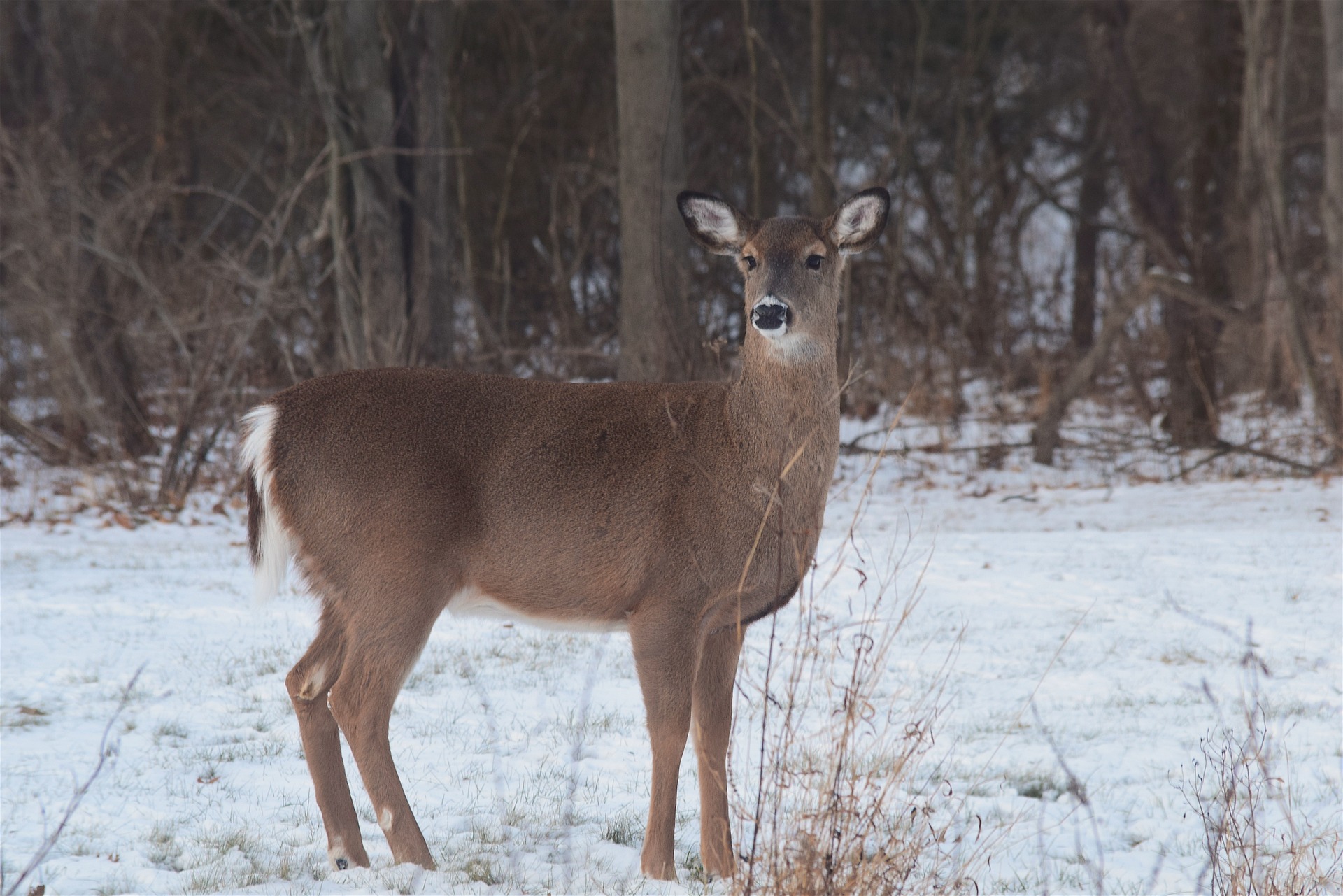
SHARE THIS ARTICLE:
Deer as Dilution Hosts for Lyme Pathogen?
 In this study, investigators evaluated the potential for deer as zooprophylactic or “dilution” hosts for Borrelia burgdorferi in tick vectors. Zooprophylaxis is the diversion of vector bites from the reservoir host to other hosts. As deer are considered to be incompetent reservoirs of B. burgdorferi in the northeastern US, it was hypothesized that they may serve as “dilution” hosts if larvae of the blacklegged deer tick (Ixodes scapularis) frequently feed on them.
In this study, investigators evaluated the potential for deer as zooprophylactic or “dilution” hosts for Borrelia burgdorferi in tick vectors. Zooprophylaxis is the diversion of vector bites from the reservoir host to other hosts. As deer are considered to be incompetent reservoirs of B. burgdorferi in the northeastern US, it was hypothesized that they may serve as “dilution” hosts if larvae of the blacklegged deer tick (Ixodes scapularis) frequently feed on them.
Nymphal ticks, both Lone star ticks (Amblyomma americanum) and blacklegged ticks, were collected during the same sampling period at 4 study sites, which provided an index of the availability of deer in these sites. Blacklegged tick nymphs were found to have fed as larvae on a variety of hosts, including mice, birds and shrews, however blacklegged tick nymphs rarely fed on deer. Lone star tick nymphs, in contrast, commonly fed on deer.
In order to identify the host upon which larvae tick had fed, researchers used bloodmeal analysis on nymphal blacklegged ticks collected in the field. Findings were that Lone star ticks collected at the same time as blacklegged deer ticks commonly fed on deer, but blacklegged ticks did not. Researchers concluded that deer are not a preferred host for larval blacklegged ticks and therefore do not serve as dilution hosts.
Access to full text article can be found here
Find more LDA articles on Lyme & deer here





